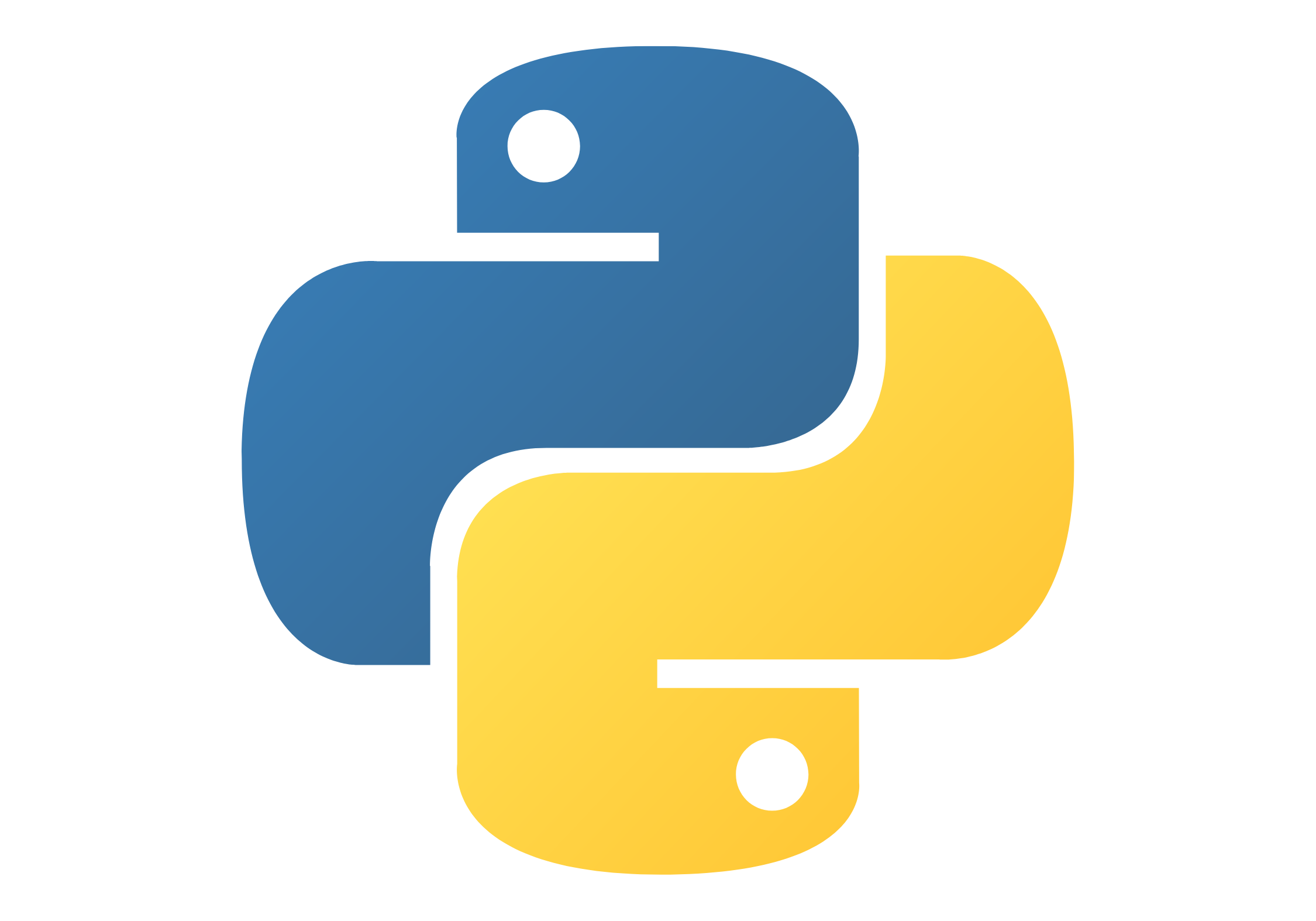Our Courses

Python
Python, a ubiquitous general-purpose programming language, was born from the creative genius of Guido van Rossum in 1991 and has since been nurtured by the Python Software Foundation. Renowned for its readability, Python’s syntax empowers programmers to convey complex concepts with brevity.
Python isn’t just a language; it’s a catalyst for speed and seamless system integration. It allows you to work swiftly, facilitating efficient integration of diverse systems, and providing a creative canvas for problem-solving and innovation.
The versatility of Java knows no bounds, with its presence felt in a vast spectrum of computing environments. From embedded devices and mobile phones to robust enterprise servers and supercomputers, Java’s reach is all-encompassing.
Writing code in the Java programming language primarily involves producing byte code intended for execution in a Java virtual machine (JVM). The adaptability of Java extends to byte code compilers for other languages, including Ada, JavaScript, Python, and Ruby. Furthermore, the JVM has been tailored to support various languages, such as Clojure, Groovy, and Scala, running natively.
Java’s syntax draws inspiration from C and C++, while its object-oriented features take cues from Smalltalk and Objective-C. A groundbreaking move in 2006 saw Sun Microsystems release a substantial portion of Java’s implementation under the GNU General Public License (GPL), marking a significant milestone in its evolution.
- Python Casting
- Python Strings
- Python Lambda
- Python Classes/Objects
- Python Lists
- Python Dictionaries
- Python Iterators
- Python Scope
- Python If..Else
- Python Loops
- Python JSON
- Python File Handling
- Python Functions
- Python Arrays
- Python MySQL
- GUI with Tkinter
